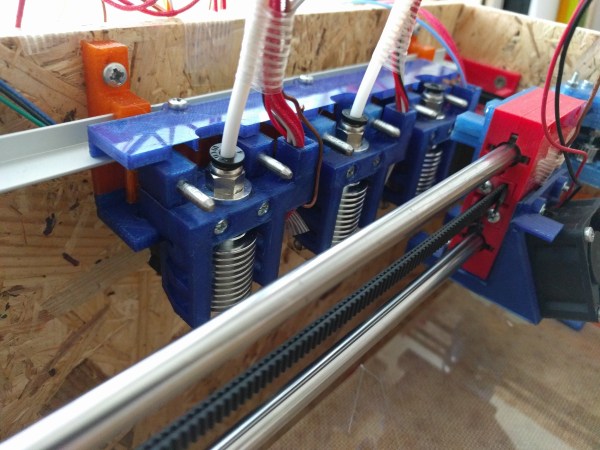Life is good if you are a couch potato music enthusiast. Bluetooth audio allows the playing of all your music from your smartphone, and apps to control your hi-fi give you complete control over your listening experience.
Not quite so for [Daniel Landau] though. His Cambridge Audio amplifier isn’t quite the latest generation, and he didn’t possess a handy way to turn it on and off without resorting to its infrared remote control. It has a proprietary interface of some kind, but nothing wireless to which he could talk from his mobile device.
His solution is fairly straightforward, which in itself says something about the technology available to us in the hardware world these days. He took a Raspberry Pi with the Home Assistant home automation package and the LIRC infrared subsystem installed, and had it drive an infrared LED within range of the amplifier’s receiver. Coupled with the Home Assistant app, he was then able to turn the amplifier on and off as desired. It’s a fairly simple use of the software in question, but this is the type of project upon which so much more can later be built.
Not so many years ago this comparatively easy project would have required a significant amount more hardware and effort. A few weeks ago [John Baichtal] took a look at the evolution of home automation technology, through the lens of the language surrounding the term itself.
Via Hacker News.





















